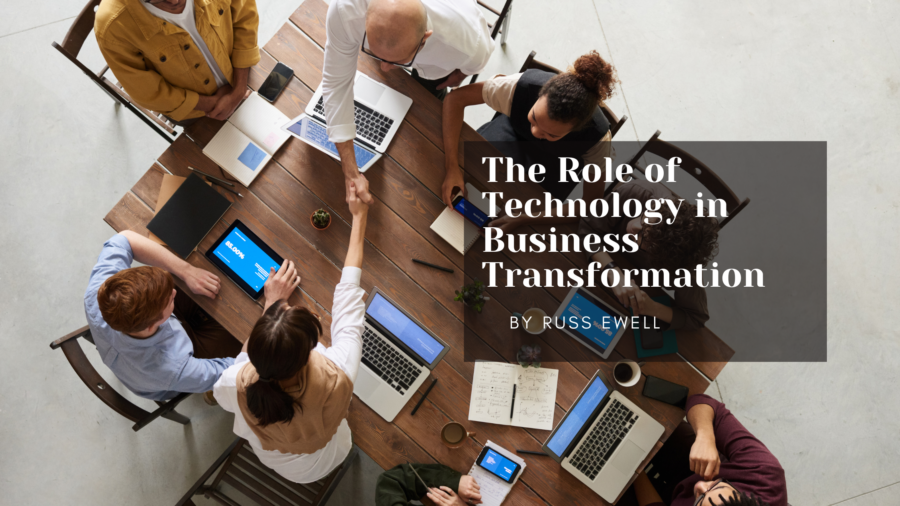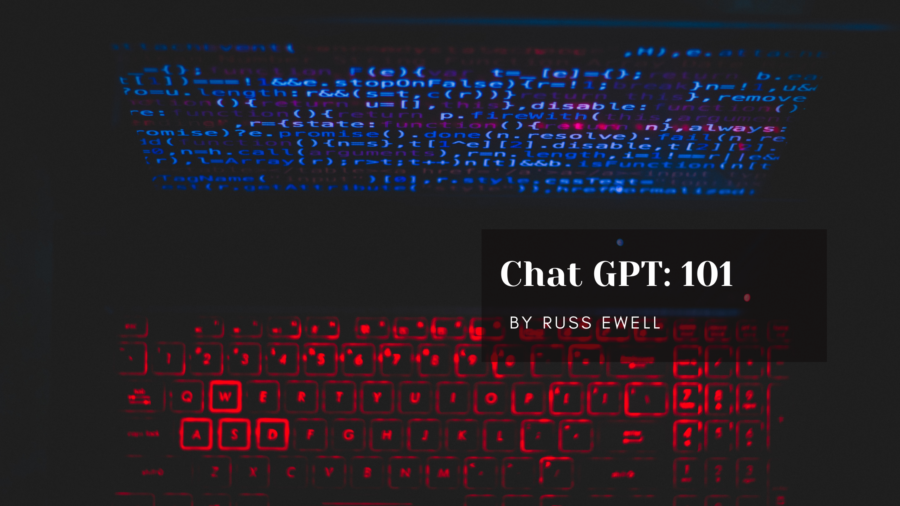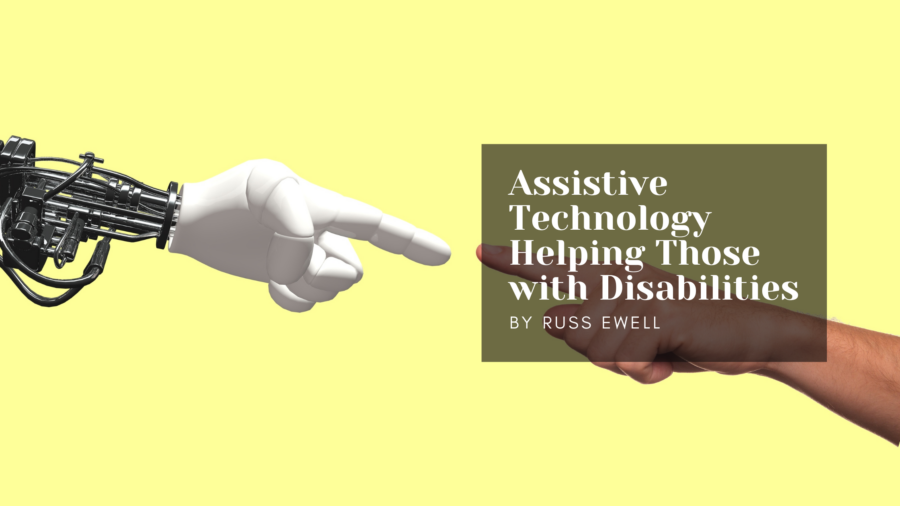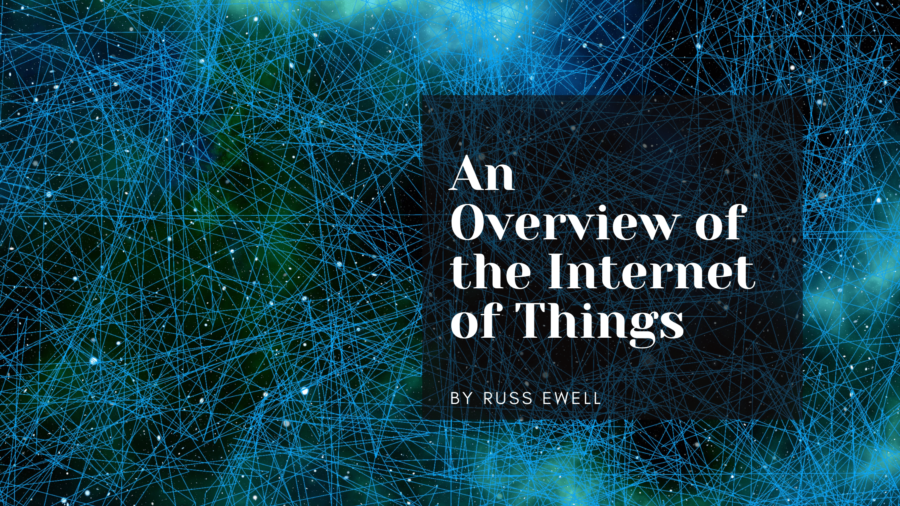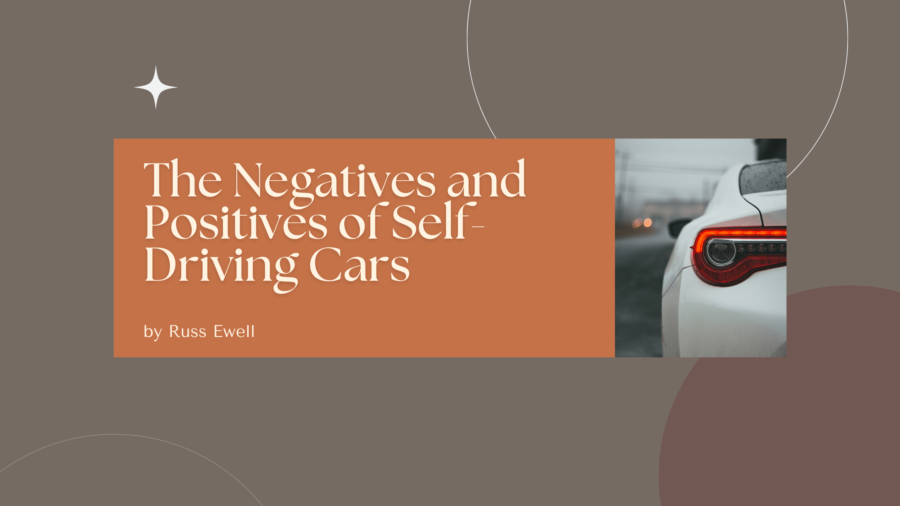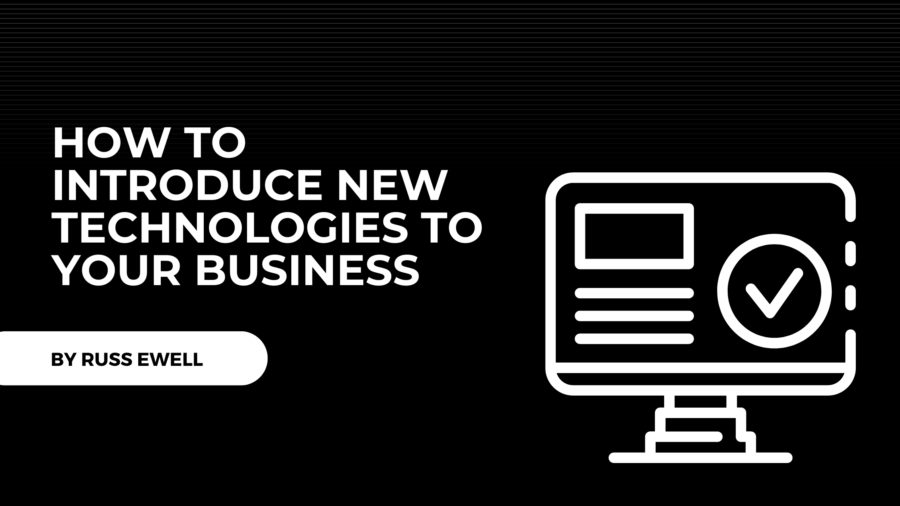Cloud computing has revolutionized how businesses manage operations, store data, and deliver services. By leveraging remote servers and accessing resources over the internet, businesses can streamline processes, improve scalability, and enhance flexibility. However, along with the benefits, there are risks associated with cloud computing that businesses must consider. There are certain advantages and potential risks of cloud computing for business operations.
Benefits of Cloud Computing:
Cost Efficiency
Cloud computing offers cost savings by eliminating the need for on-site infrastructure, maintenance, and hardware upgrades. Businesses can opt for a pay-as-you-go model, where they only pay for the resources they use. This flexibility allows companies to scale their operations up or down as needed, avoiding unnecessary expenses and maximizing cost efficiency.
Scalability and Flexibility
Cloud computing provides businesses with the ability to scale their operations rapidly. Whether expanding storage capacity or increasing computing power, the cloud offers the flexibility to accommodate changing business needs. This scalability ensures that businesses can adapt to growth or fluctuations in demand without significant disruptions or excessive costs.
Increased Collaboration and Accessibility
Cloud computing enables seamless collaboration among employees, regardless of their physical location. With cloud-based tools and applications, teams can work together in real-time, accessing and sharing documents, files, and data from anywhere with an internet connection. This accessibility enhances productivity, facilitates teamwork, and enables remote work arrangements.
Enhanced Data Security and Disaster Recovery
Cloud service providers invest heavily in robust security measures and data backup systems. By leveraging cloud infrastructure, businesses can benefit from advanced security protocols, encryption, and regular backups, mitigating the risks of data loss or unauthorized access. Additionally, cloud-based disaster recovery solutions offer faster recovery times and improved business continuity during a data breach or natural disaster.
Risks of Cloud Computing:
Data Security and Privacy Concerns
While cloud providers implement stringent security measures, businesses must consider the potential risks associated with storing sensitive data on remote servers. Concerns about data breaches, unauthorized access, or data loss are valid. Companies must conduct due diligence and carefully select reputable and trustworthy cloud service providers to ensure adequate data protection.
Dependence on Internet Connectivity
Cloud computing relies heavily on internet connectivity. Businesses must have a stable and reliable internet connection to effectively access and utilize cloud-based services. Downtime or interruptions in internet service can disrupt operations, hinder productivity, and impact customer experience. Businesses should have contingency plans to address connectivity issues and minimize disruptions.
Vendor Reliability and Service Level Agreements
When relying on cloud service providers, businesses must consider the reliability and performance of their chosen vendors. Downtime or service interruptions on the provider’s end can adversely affect business operations. It is essential to carefully review service level agreements (SLAs) to ensure they align with the business’s requirements and that appropriate remedies and compensations are outlined in case of service disruptions.
Data Governance and Compliance
Businesses must ensure compliance with applicable data protection and privacy regulations when utilizing cloud services. Depending on the nature of the data being stored and the geographical location of the cloud servers, businesses may need to navigate complex legal and regulatory frameworks. Compliance with regulations such as the General Data Protection Regulation (GDPR) or industry-specific guidelines must be carefully considered to avoid legal implications.
Cloud computing offers numerous benefits for businesses, including cost efficiency, scalability, enhanced collaboration, and improved data security. However, it is essential to acknowledge the potential risks associated with cloud computing, such as data security concerns, dependence on internet connectivity, reliance on service providers, and regulatory compliance.


